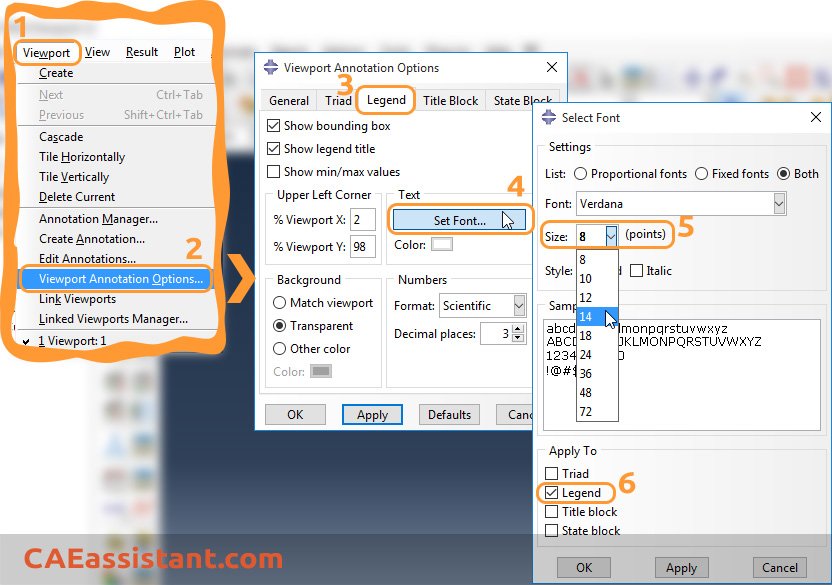

CD45RA + depleted fractions for DLI are obtained after non-mobilized apheresis. CD45RA + depleted grafts are usually obtained from healthy donors after pharmacologic mobilization of hematopoietic stem cells using G-CSF, although some other protocols use non-mobilized apheresis. CD45RA - cells can be infused into patients undergoing haploHSCT either as part of the graft, along with the mobilized CD34 + cells, or as donor lymphocyte infusions (DLI). On the contrary, CD45RA - memory T cells show decreased alloreactivity and lack naïve T cells, thus improving engraftment and protecting the recipient from infections. This fraction is depleted and discarded in some HSCT procedures to remove alloreactive T cells and reduce the risk of GvHD. ĬD45RA + cells are enriched in naïve T cells and NK cells. In general, ex vivo NKAE cells show an increased activation status and increased cytotoxicity, even responding against tumor targets apparently resistant to NK cell lysis. Nevertheless, ex vivo activated and expanded NK cells (NKAE) share some common features. They may differ in the addition of different cytokines, the source of NK cells used, or the coculture with distinct irradiated feeder or artificial antigen presenting cells (aAPC), among others. To overcome this limitation, different protocols have been designed to expand and activate NK cells ex vivo before transfer to the patient. However, activation status and NK cell numbers are low in the main sources of NK cells: PBMCs or umbilical cord blood units. One limitation of using NK cells as a therapeutic tool is that they have to be fully activated and have to be infused in large numbers to observe a clinical benefit. In fact, NK cell infusions are well tolerated, do not cause GvHD or autoimmunity and have been associated with complete remission in poor-prognosis patients with acute myeloid leukemia (AML). Natural killer (NK) cells are lymphocytes from the innate immunity with the ability to recognize and target tumor cells without prior sensitization, making them ideal therapeutic agents to treat cancer. Conclusions: GMP-grade NK cells for clinical use can be obtained by using different starting cells and aAPC.ĭevelopment of new donor lymphocyte infusions products with antitumor reactivity and reduced graft-versus-host disease (GvHD) risk represents a challenging issue in cancer immunotherapy. Clinical-grade manufactured NKAE cells complied with the specifications from the Spanish Regulatory Agency. Transcriptome profile showed to be different between basal NK cells and NKAE cells expanded with K562mbIL21-41BBL or K562mbIL15-41BBL. However, no differences in activation and cytotoxicity were found when using either NK cell source or activating cell line. The highest fold expansion and NK purity were achieved by using PBMC and K562mbIL21-41BBL cells. Obtaining NKAE cells from CD45RA + cells was feasible although PBMC yielded higher total cell numbers and NK cell purity than CD45RA + cells. Results: NK MACS and TexMACs achieved the highest NK cell purity and lowest T cell contamination.

Clinical-grade NKAE cells were manufactured in CliniMACS Prodigy. Fold increase, NK cell purity, activation status, cytotoxicity and transcriptome profile were analyzed. Activated and expanded NK cells (NKAE) were obtained by coculturing total peripheral blood mononuclear cells (PBMC) or CD45RA + cells with irradiated K562mbIL15-41BBL or K562mbIL21-41BBL. Methods: RPMI-1640, stem cell growth medium (SCGM), NK MACS and TexMACS were used as culture mediums. We report the optimization of an NK cell activation–expansion process and its validation on clinical-scale. Natural killer (NK) cells represent promising tools for cancer immunotherapy.


 0 kommentar(er)
0 kommentar(er)
